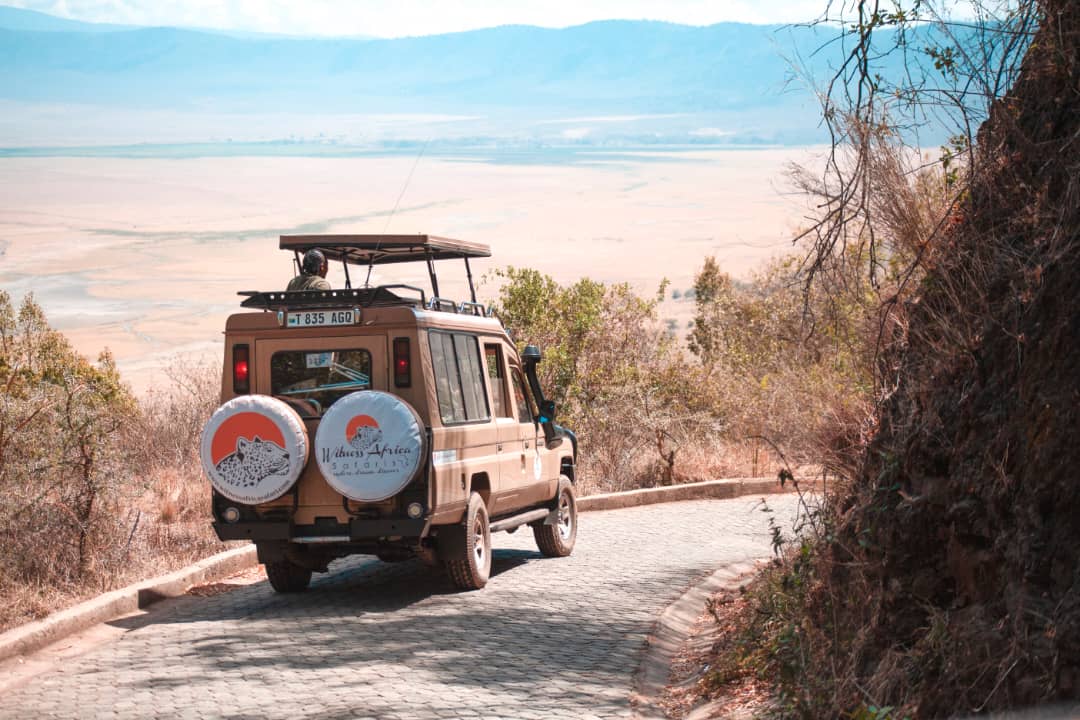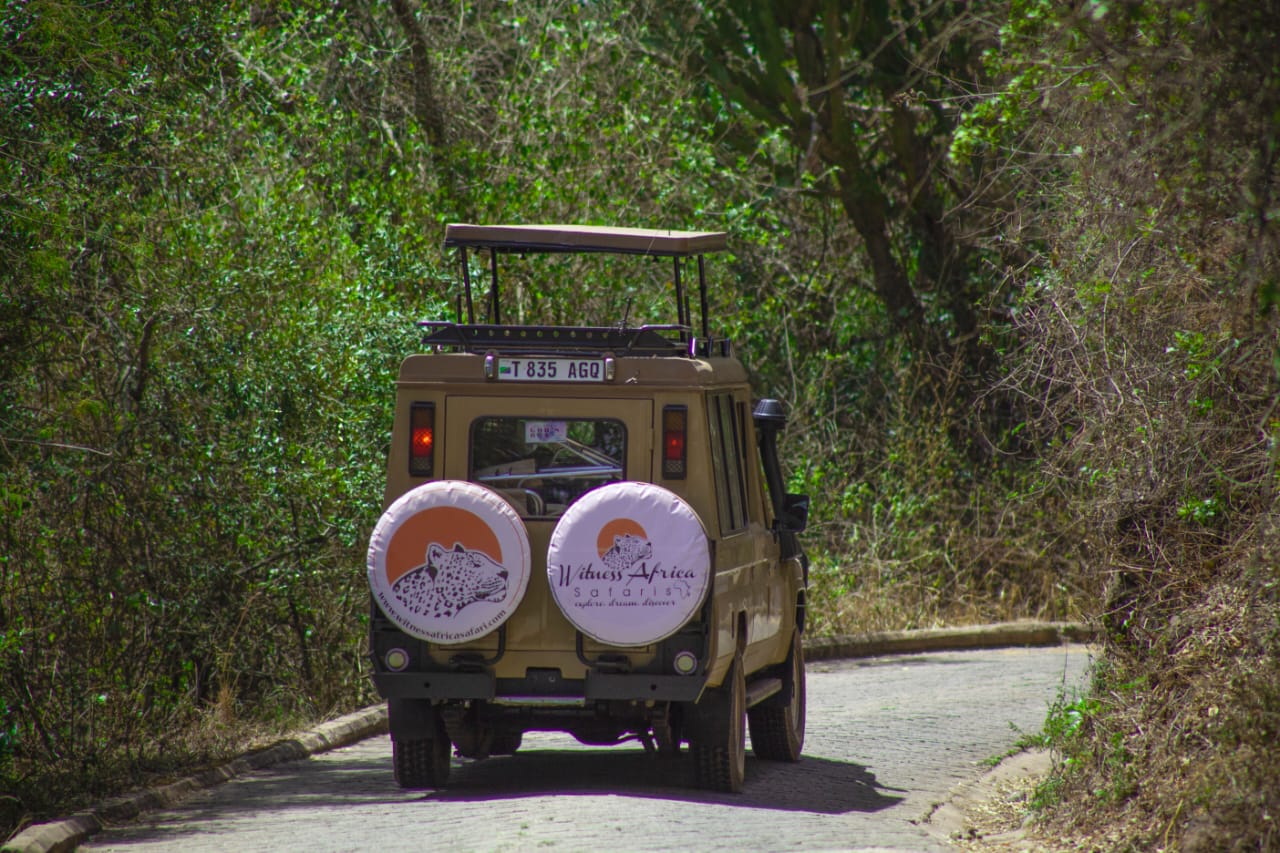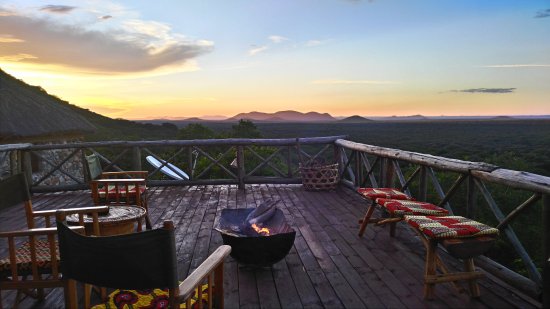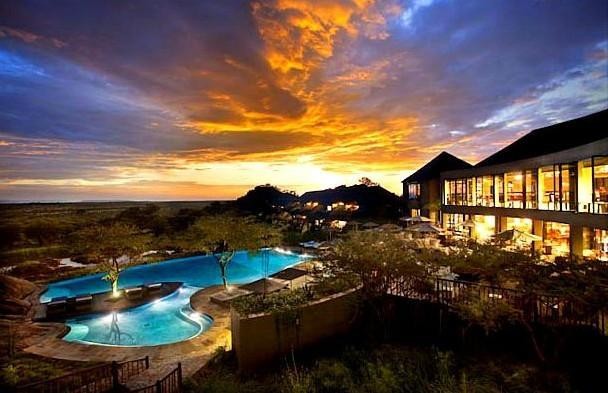Tanzania trek and tours
About-Tanzania trek and tours
Tanzania has almost 38% of its land reserved as protected areas, one of the world's highest percentage. Tanzania boasts 16 national parks and is home to a large variety of animal life. Among the large mammals include the Big five, cheetahs, wildebeest, giraffes, hippopotamuses and various antelopes. Tanzania's most well known wildlife attractions are located in the northern part of the country and include the Serengeti National Park, Tarangire National Park and Lake Manyara National Park. The Serengeti National park encompasses the world-famous great migrations of animals.Read More
Tanzania
They include the plains of Serengeti National Park, a safari mecca populated by the “big five” game (elephant, lion, leopard, buffalo, rhino), and Kilimanjaro National Park, home to Africa’s highest mountain. Offshore lie the tropical islands of Zanzibar, with Arabic influences, and Mafia, with a marine park home to whale sharks and coral reefs.BEST TOUR TRENDING IN EAST AFRICA


East Africa Popular Combo Safaries
Our Tanzania trek and tours Popular Combo Safaries
Where to stay on your next trip Tanzania trek and tours
Top Rated Places To Stay On your Next Tour
western Tanzania
The western part of Tanzania includes the Mahale, Katavi, and Gombe national parks, the latter of which is the site of Jane Goodall's ongoing study, begun in 1960, of chimpanzee behaviour. The country is also particularly rich in plant diversity, the Tanzania National Parks Authority has an entire national park the Kitulo National Park dedicated to flowers. There is a wide variety of biomass across the nation.
North Parks
The north is also home to the Ngorongoro Conservation Area. The Ngorongoro Conservation Area includes the Ngorongoro Crater, which is an extinct volcanic caldera with lions, hippopotamus, elephants, various types of antelope, the endangered black rhinoceros, and large herds of wildebeest and zebra.Olduvai Gorge, considered to be the seat of humanity after the discovery of the earliest known specimens of the human genus, Homo habilis as well as early hominidae, such as Paranthropus boisei also lies within the conservation area.
Southern Parks
There are many benefits to heading to the southern parks. The first is that they are still very much the frontier parks and so are noticeably less busy than the northern parks of Tanzania. The Selous Game Reserve (which is approximately double the size of Wales), has only 8 or so camps inside, and with the majority sitting on the banks of the mighty Rufiji River, the game viewing is never a disappointment. Similarly, Ruaha National Park, famed for its large cape buffalo and lion populations, is one of the least visited parks in Africa and only 6 or so camps operate within the boundaries of the park.
TOP 5 DIFFERENCES FOR NORTHERN TANZANIA VS SOUTHERN TANZANIA SAFARI CIRCUITThe second benefit is that, where the northern safaris are limited to vehicle based safaris, the southern parks offer a more varied, and fuller safari experience, as you are able to walk, boat and drive. The range of species that can be seen here is similar to that of the Serengeti with lions, leopard, elephant, hippo, crocodile, wildebeest, impala aplenty, with the addition of the incredible African wild dog. Whilst particular sightings on safari are never ‘guaranteed’, the variety of game viewing activities definitely gives guests more of a chance to see animals in different habitats!
The final benefit is that whilst the average price of a camp in the northern parks is around $800 per person per night, Selous and Ruaha can be considerably cheaper, especially if you combine their sister properties to take advantage of the multi-camps discounts.





























